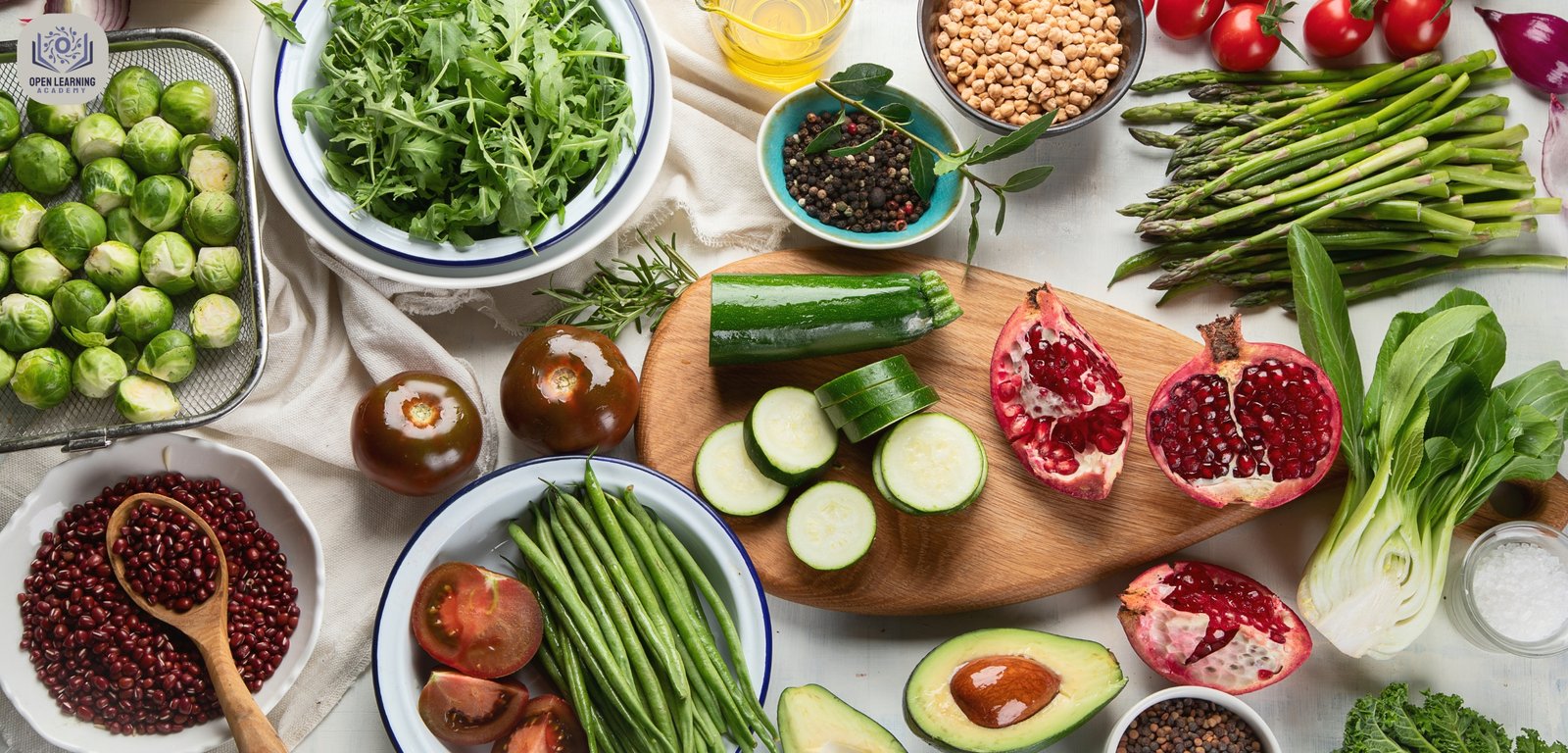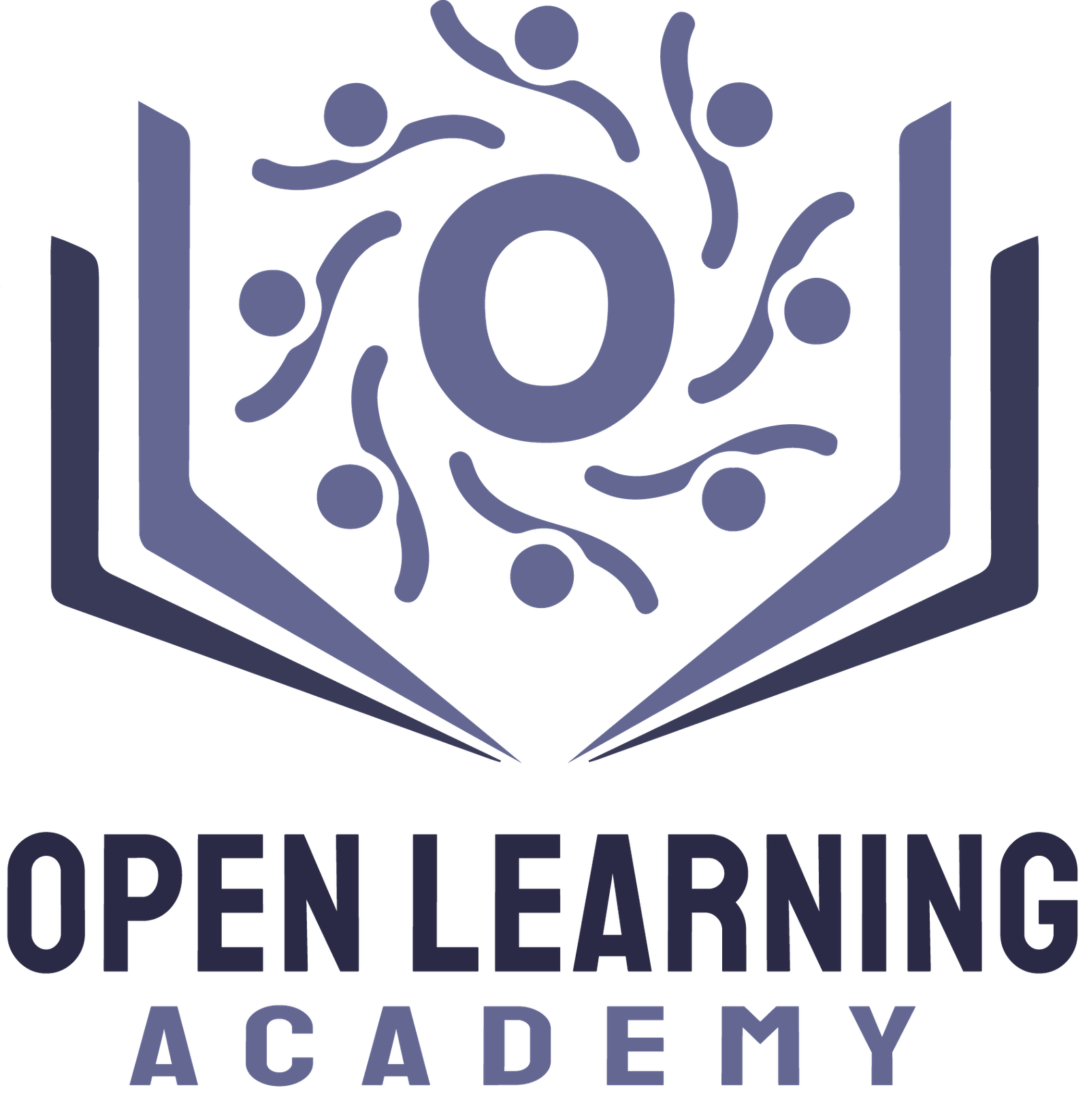No products in the cart.
What if you could create delicious meals that are kind to animals, better for the planet, and nourishing for your body—all at the same time? That’s the magic of vegan cooking. Vegan cooking offers endless opportunities to get creative in the kitchen. So, let’s explore what it’s all about and how you can make it a part of your life.
What Is Vegan Cooking?
What is vegan cooking? Fundamentally, vegan cooking means preparing food without using any animal products. This excludes dairy, eggs, meat, and even honey. Vegetables, fruits, grains, nuts, seeds, and legumes are the only plant-based items used in vegan cooking.
While some may think vegan cooking is limited, it is a creative and flexible way to prepare meals. For instance, from hearty stews made with lentils to creamy desserts made with cashews, vegan dishes can be just as satisfying as traditional ones.

Why Does Someone Choose to Be Vegan?
There isn’t just one reason for choosing veganism; different people may have different motivations. However, here are the three most common reasons:
- Health: Some people turn to veganism for the health benefits. For example, plant-based diets are often rich in fiber, vitamins, and antioxidants, which can help lower the risk of chronic illnesses like heart disease and diabetes.
- Environmental Concerns: Most animal-based foods require more land, water, and resources to produce than plant-based foods. For this reason, many view veganism as a way to decrease their carbon footprint. So, by eating vegan, people can make choices that are kinder to the planet.
- Ethics: Many people choose veganism out of concern for animal welfare. Avoiding animal products ensures no harm is done to animals for the sake of food. This ethical stance is a major reason for adopting a vegan lifestyle.
What Food Isn’t Vegan?
It’s essential to know what foods aren’t considered vegan to follow this lifestyle properly. Any food that comes from animals or contains animal-derived ingredients is not vegan. Here are some examples:
- Meat and Poultry: All kinds of meat, including beef, chicken, pork, and fish, are off the menu. These foods are directly sourced from animals and are not considered vegan.
- Dairy Products: This includes milk, cheese, butter, yoghurt, and cream. Since they are derived from animals, these products are avoided in a vegan diet.
- Eggs: Both chicken eggs and products made with eggs, like mayonnaise, aren’t vegan. Eggs come from animals and are therefore excluded from a vegan lifestyle.
- Honey: Honey is derived from bees, and it is avoided by people who follow a vegan lifestyle. Honey is an animal by-product, and many vegans choose to abstain from using it on moral grounds.
- Some Alcoholic Beverages: Certain alcoholic drinks, like wine and beer, may be processed using animal products, such as fining agents. These fining agents, often made from fish or other animal byproducts, make some alcoholic beverages non-vegan.
- Some Processed Foods: Some processed foods may contain animal-derived ingredients like whey, casein, or rennet. These ingredients are often hidden in packaged snacks, sauces, and ready-made meals.
- Gelatin: Gelatin, made from animal bones and skin, is found in some sweets, jellies, and marshmallows. Since it is derived from animals, gelatin is not suitable for a vegan diet.
- Some Types of Sugar: Certain sugars are processed using bone char, an animal-derived substance. As a result, some sugars are considered non-vegan because of their production process.
What Food Is Vegan?
The following foods form the foundation of a vegan diet:
- Fruits and Vegetables: These are staples in any vegan kitchen. They include a wide variety of options, such as apples, bananas, spinach, broccoli, and tomatoes.
- Grains and Legumes: Brown rice, quinoa, oats, lentils, chickpeas, and black beans are excellent sources of energy and protein. These plant-based foods offer essential nutrients for a balanced vegan diet.
- Nuts and Seeds: Almonds, sunflower seeds, chia seeds, and flaxseeds provide healthy fats and nutrients. They are great additions to vegan meals, adding both texture and nutritional value.
- Dairy Alternatives: Plant-based milks like almond, oat, and soy milk, as well as vegan cheese and yoghurt, are popular substitutes. These alternatives offer the same creaminess and taste without any animal products.
- Meat Alternatives: Tofu, tempeh, seitan, and plant-based meats like Beyond Meat are commonly used in vegan recipes. They serve as protein-packed replacements for animal-based meat in many dishes.
- Herbs and Spices: These are essential for creating flavourful dishes. Ingredients like garlic, basil, cumin, and nutritional yeast add depth and complexity to vegan meals.
- Whole Grains: These include foods like quinoa, brown rice, oats, and others. They are considered vegan as they are plant-based and do not require animal products in their production or consumption.
Tips to Start Vegan Cooking
Getting started with vegan cooking can seem challenging at first, but it doesn’t have to be. Follow these steps to make the transition smooth and enjoyable:
- Stock Your Pantry with Vegan Essentials: Start by stocking up on staples like lentils, beans, rice, and spices. These ingredients will serve as the base for many recipes, making it easier to cook vegan meals.
- Learn Vegan Substitutes: Swap animal products for plant-based alternatives, such as almond milk instead of dairy milk. For example, experiment with using mashed bananas as an egg replacement in baking or vegan cheese in place of dairy cheese.
- Plan Your Meals: Meal planning can save you time and make it easier to stick to a vegan lifestyle. Moreover, preparing meals in advance can help you avoid the temptation of non-vegan options.
- Experiment with Recipes: Begin with simple vegan recipes like vegetable stir-fries, lentil soups, or chickpea curries. Once you’re comfortable, you can try more complex dishes as you gain confidence in vegan cooking.
Conclusion
It is the preparation of food without animal products, basically focusing on plant-based ingredients. Many people opt for vegan cooking for health reasons, environmental reasons, and other ethical reasons. While some food, like meats and dairy products, should be avoided, there’s still a whole world of possibilities with vegan-friendly foods.
It gets a lot easier when you start with the simple steps: stocking your pantry and playing around with recipes. Vegan cooking is not just about what you leave out but also about discovering new ways to enjoy food. In time, you will find how creative and satisfying vegan cooking can be.
If you’re interested in mastering the art of vegan cooking, our Vegetarian Cookery Course from Open Learning Academy is the perfect place to start. Learn how to create delicious, plant-based dishes while exploring new ingredients and techniques, all with a focus on health, sustainability, and ethical choices.




